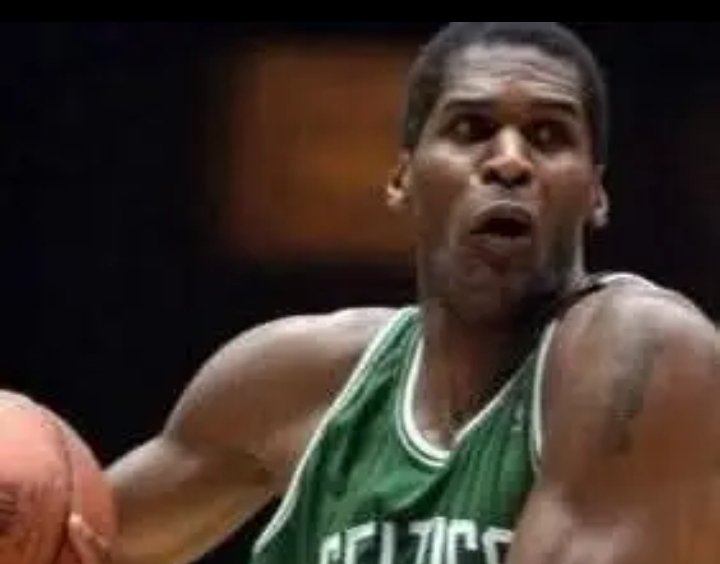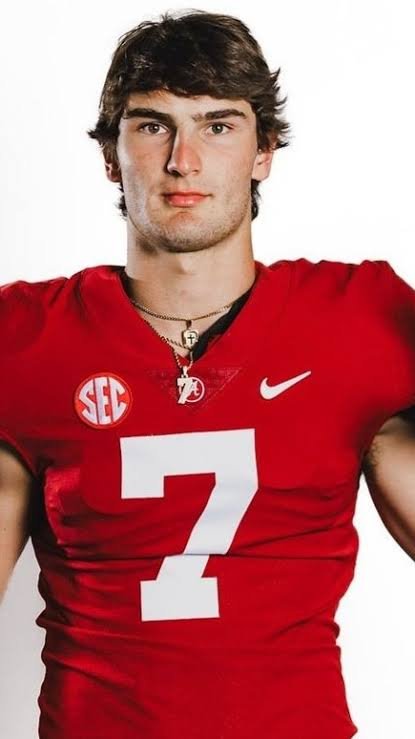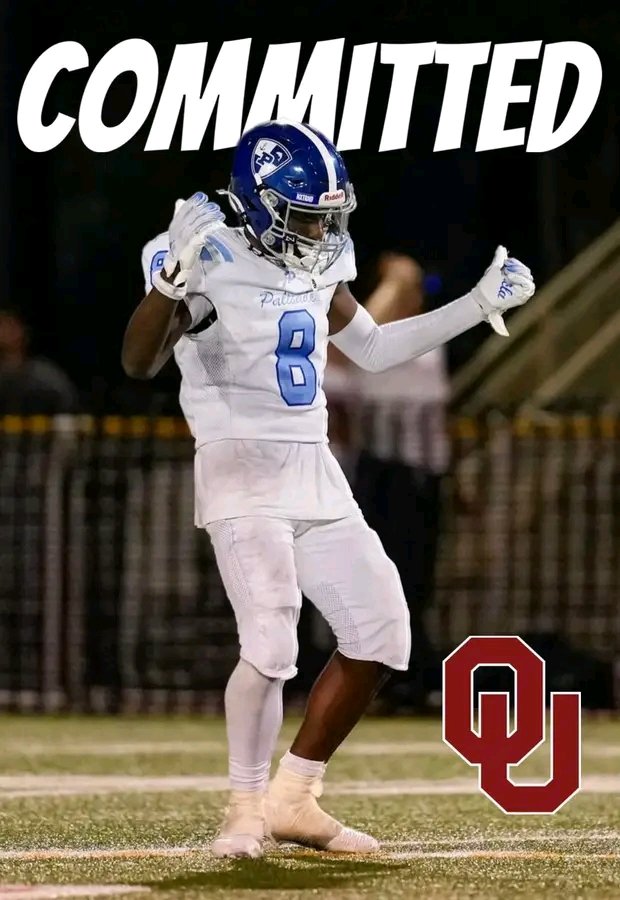Robert Parish & Kevin McHale: The Trade That BROKE the NBA?! (Celtics Fans STILL Can’t Believe It!)
The Secret Deal That Created a Dynasty: Untold Story of the Celtics’ 1980 Trade
The year was 1980. The Boston Celtics, a franchise steeped in history and tradition, were in a precarious position. Though they had drafted Larry Bird the previous year, injecting a much-needed dose of talent and excitement into the team, the Celtics still lacked the championship-caliber depth needed to compete with the league’s elite. They held the coveted number one overall pick in the upcoming NBA draft, a golden ticket that could reshape their future. But, behind the scenes, a far bolder strategy was brewing, one that involved risk, ambition, and a complete re-evaluation of the team’s core. The result? A trade that not only secured a cornerstone of a dynasty but also shifted the balance of power in the NBA for years to come.
The story, often glossed over in the narratives surrounding the iconic Larry Bird-led Celtics, centers around a pre-draft deal that sent shockwaves through the league. It was a gamble of epic proportions: the Celtics traded their number one overall pick (along with another first-round selection) to the Golden State Warriors in exchange for center Robert Parish and the third overall pick. While the immediate impact of the trade was subtle, its long-term consequences were seismic. This “secret” deal, relatively under-explored in mainstream sports coverage, wasn’t a sudden decision but a meticulously planned maneuver crafted by Red Auerbach, the Celtics’ legendary architect and general manager. It was a testament to his profound understanding of the game, player evaluation, and the delicate art of building a championship team.
The conventional wisdom at the time would have dictated holding onto the number one pick. The prospect of selecting a blue-chip prospect, a guaranteed star to pair with Bird, seemed like a no-brainer. But Auerbach, never one to play by the book, saw an alternative path to glory. He had identified Parish as the missing piece of the puzzle. Parish, a dominant center with a soft touch, a strong defensive presence, and a quiet, determined demeanor, possessed the qualities Auerbach believed were essential to complement Bird’s brilliance. Parish would provide the interior scoring, rebounding, and defense necessary to anchor the team.
But the brilliance of the deal extended beyond simply acquiring Parish. The Warriors, with their own needs and aspirations, were willing to part with the third overall pick as part of the agreement. This pick would become another crucial piece of the Celtics’ championship aspirations: Kevin McHale. At the time, McHale was seen as a promising but raw talent. However, Auerbach, with his keen eye for talent and his commitment to player development, recognized the potential for greatness. He saw McHale’s unique combination of athleticism, agility, and finesse around the basket, as well as his tireless work ethic, as characteristics that would make him a cornerstone of the franchise.
The trade itself was a masterclass in negotiation. Auerbach leveraged the value of the number one pick, a commodity highly coveted by teams looking to secure a franchise player. He convinced the Warriors that the player they could select with the top pick would fill a specific need for them, while simultaneously persuading them that Parish was expendable and could be acquired at a reasonable cost. This delicate dance required not only a deep understanding of the league but also a willingness to take calculated risks and think outside the box. The Warriors, believing they could still secure a future star at the top pick, agreed to the deal, setting in motion the events that would shape the destiny of two franchises.
When the draft rolled around, the Celtics, holding the third pick, selected McHale, solidifying the frontcourt that would terrorize opponents for the next decade. The combination of Bird, Parish, and McHale, along with a supporting cast of tough-minded players, formed the core of a dynasty that would win three NBA championships in the 1980s.
The beauty of the trade lies in its foresight. Auerbach didn’t merely chase immediate gratification by keeping the number one pick. He saw the bigger picture. He recognized that the Celtics, while talented, needed a specific blend of skills and personalities to compete for championships. He understood the importance of chemistry, experience, and leadership. And he was willing to make a bold move, to sacrifice immediate short-term gain for long-term dominance.
The ripple effects of this trade extended far beyond the Celtics’ locker room. It altered the trajectory of the Warriors, who failed to build around the player they selected with the first overall pick. It set a precedent for future trades, demonstrating the value of strong leadership, shrewd scouting, and the willingness to take calculated risks. It served as a model for how to build a championship team: through strategic acquisitions, a commitment to player development, and a deep understanding of the game.
The often-overlooked genius of the 1980 trade lies in the subtle nuances, in the intricate details that reveal Auerbach’s strategic brilliance. It’s about more than just swapping picks and players. It was about shaping the team’s identity, fostering a culture of winning, and constructing a roster that would withstand the test of time. It was about recognizing the value of leadership and experience, the importance of versatility and adaptability, and the need for players who were not only skilled but also selfless.
This pre-draft trade was the cornerstone of the Celtics’ dynasty. It was the catalyst that propelled them to the top of the league, establishing them as one of the most dominant teams in NBA history. It was a testament to the power of strategic thinking, the value of astute player evaluation, and the willingness to take calculated risks.
In the years following the trade, the Celtics would become a symbol of excellence, known for their grit, determination, and their relentless pursuit of victory. Their games became must-see events, attracting fans from around the world. The rivalry with the Los Angeles Lakers, fueled by the contrasting styles of Bird and Magic Johnson, became legendary, captivating audiences and defining an era.
Yet, at the heart of this remarkable success was a deal, a carefully orchestrated exchange that defied conventional wisdom. It was a move that laid the groundwork for a dynasty, cementing the legacy of Red Auerbach and forever etching the names of Robert Parish and Kevin McHale into the annals of basketball history. The narrative surrounding the Bird-led Celtics is often dominated by the star’s individual brilliance, but the 1980 trade is a crucial part of that story. It is a testament to the importance of the unsung heroes, the behind-the-scenes strategists, and the bold decisions that can ultimately redefine the landscape of professional sports. The “secret” is out: the deal was the cornerstone of the dynasty. It was the pivotal moment that set in motion the Celtics’ reign atop the NBA, a secret that, once revealed, sheds a new light on one of the most iconic periods in basketball history.




Post Comment